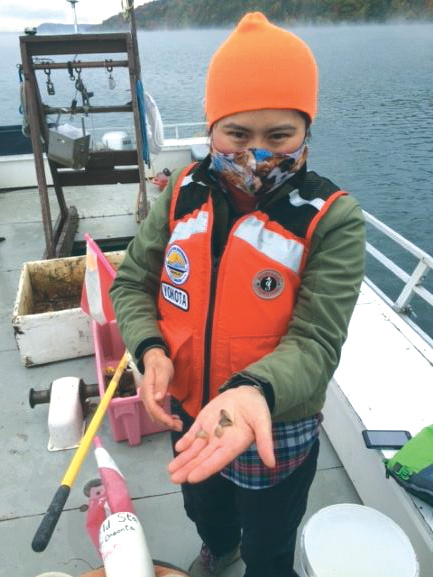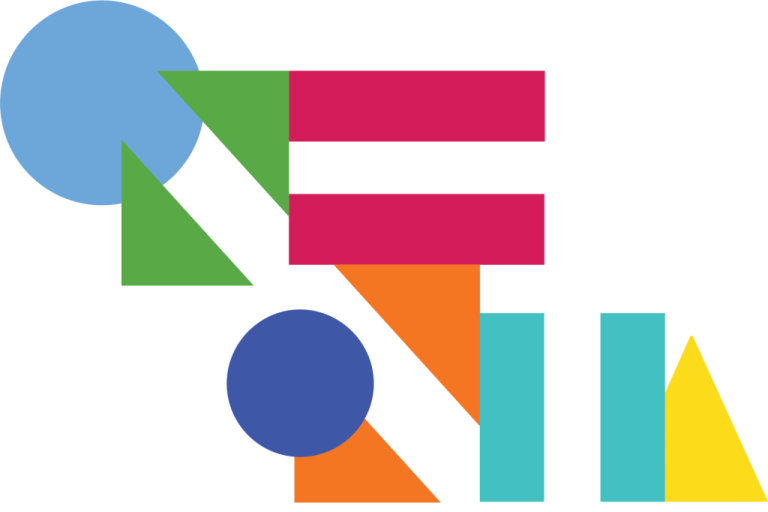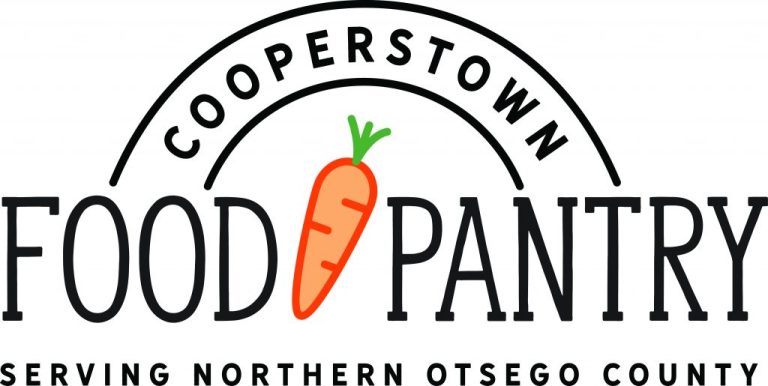How To Address HABs? NALMS’
New President Offers Guidance

By TED MEBUST
WESTFORD – This past summer, Otsego Lake and surrounding area water bodies saw an influx of harmful algal blooms, posing a threat to biodiversity, water potability and recreational activities. HABs, caused by an overabundance of Microcystis, a harmful strain of cyanobacteria, represent one of the biggest environmental threats to area water bodies since the introduction of zebra mussels, and more recently quagga mussels. The latter two species are biofouling agents that actually cause increased levels of Microcystis, as suggested by a long-term National Science Foundation study published last year. Luckily, one area ecology expert has proposed a way forward.
Dr. Kiyoko Yokota, a limnologist and SUNY Oneonta biology department professor, has been researching cyanobacterial blooms and aquatic food webs, among other topics, locally for the last decade.
Working in tandem with international researchers through the Global Lake Ecological Observatory Network, she collects water quality and weather data on Otsego Lake. On top of this, Yokota was recently appointed president of the North American Lake Management Society, the mission of which is “to forge partnerships among citizens, scientists, and professionals to foster the management and protection of lakes and reservoirs… for today and tomorrow.” The organization, established in 1980, currently has more than 1,100 members and is a member of the Consortium of Aquatic Science Societies.
According to Yokota, one of NALMS’ priorities is to restore funding to the Clean Lakes Program, Section 314 of the federal Clean Water Act (1972), since the Environmental Protection Agency stopped requesting Clean Lakes Program funds in 1994. Section 314 comprises “lake monitoring and assessment, diagnostic/feasibility studies to determine the cause of poor water quality trends or status, funding for interventions and, importantly, funding to determine if interventions worked (program evaluation),” according to Yokota.
“New York State is much more proactive in the protection of its natural resources than many other states, and state-level funding from the Environmental Bond Act will go even further if the CWA Section 314 funding from the federal government to states is restored, as many of the state’s water bodies are experiencing problems that would be effectively studied and mitigated with Section 314 funding,” explained Yokota.
Contact with HABs can cause a variety of symptoms, ranging from irritation and rashes to organ damage or even death at the least and most extreme ends, respectively.
In place of Section 314, the EPA has suggested that states use five percent of their CWA Section 319 Nonpoint Source Management Program grant funding, which allocates money primarily for land use and infrastructure improvements, to “address the restoration and protection needs of priority lakes, ponds, and reservoirs.” With the passage of New York State’s Environmental Bond Act last month, which designates $4.2 billion to environmental improvement projects, NALMS hopes to redirect funding back to Section 314 to streamline the Clean Lakes Program and attack issues like HABs.
SUNY Oneonta’s Bio-logical Field Station received Section 314 project grants from 1991-1997, but has since sought funding for those projects elsewhere. The BFS encompasses multiple research facilities across central New York, including its Main Laboratory on Otsego Lake, where Yokota carries out her research. Other ongoing BFS research projects survey fish parasites in Otsego County water bodies, monitor invasive species to the area such as Eurasian watermilfoil, and assess area wastewater treatment plants.
High levels of phosphorus are also linked to increases in Microcystis. The Village of Cooperstown, Yokota noted, recently secured Section 319 grant funding to upgrade its water treatment plant, allowing for the reduction of nitrogen and phosphorus discharges into the Susquehanna River. In addition, funding was secured to build a new salt storage facility with the goal of keeping salt from entering the village’s aquifer.
Yokota’s involvement with NALMS began in 2013 and grew over her tenure, working as a regional director, student program member, Government Affairs Committee mem-ber, lead of NALMS Professional Certification Program and member of the organization’s Board of Directors. Following her most recent appointment, Yokota will serve on the NALMS Executive Committee for three years as president-elect, president and past president.
“I enjoy living and working in this area very much,” Yokota, a resident of Westford, said of her time in Otsego County.
Dr. Yokota’s comments for this article do not reflect the opinions of SUNY Oneonta or the BFS.






We are lucky to have Kiyoko involved in getting a DEC 9 Element Plan approved by the DEC in order to secure funding to mitigate and remediate HABs – to keep Glimmerglass Lake from becoming Pea Soup Pond
We are lucky to have Kiyoko involved in getting a DEC 9 Element Plan approved by the DEC in order to secure funding to mitigate and remediate HABs – to keep Glimmerglass Lake from becoming Pea Soup Pond